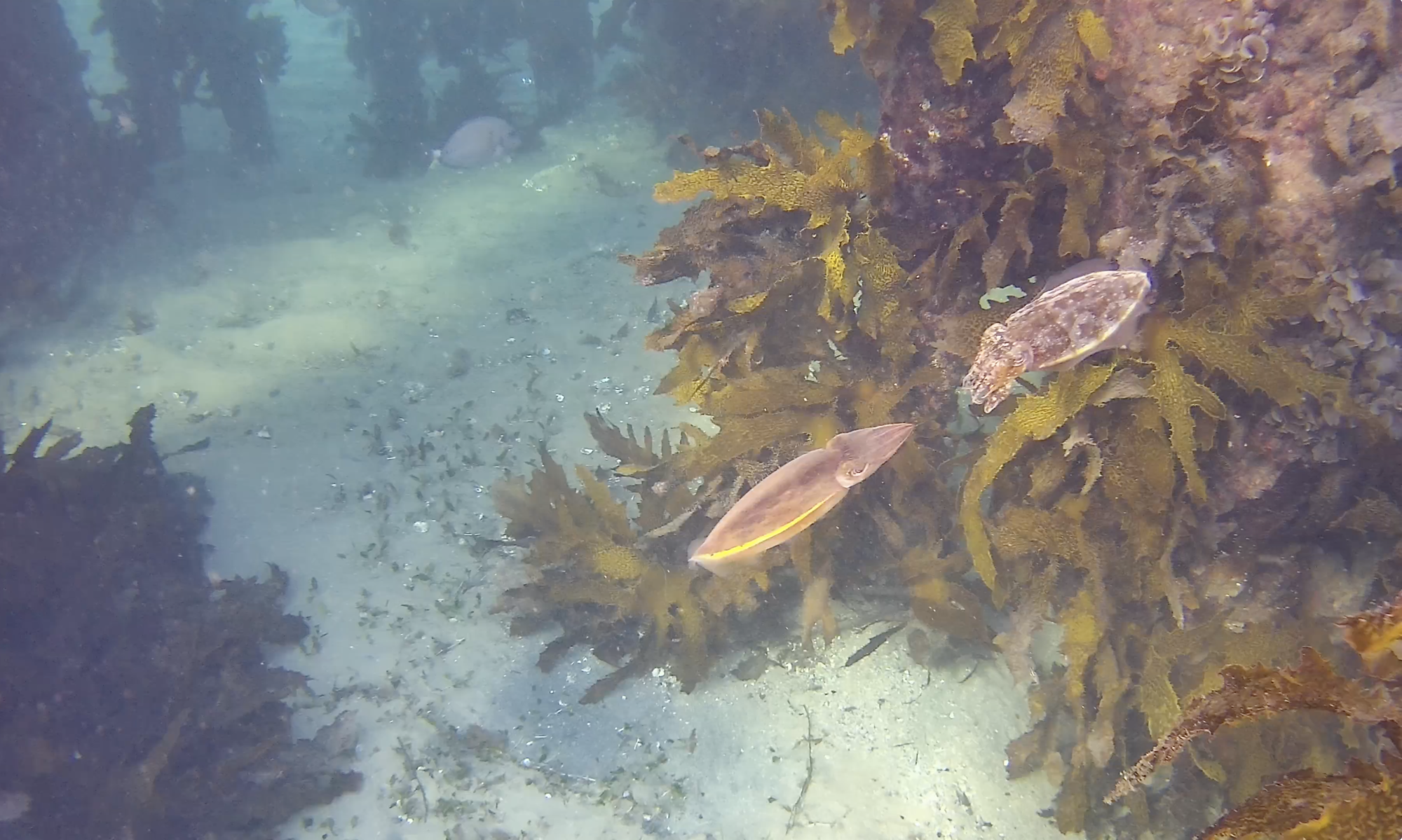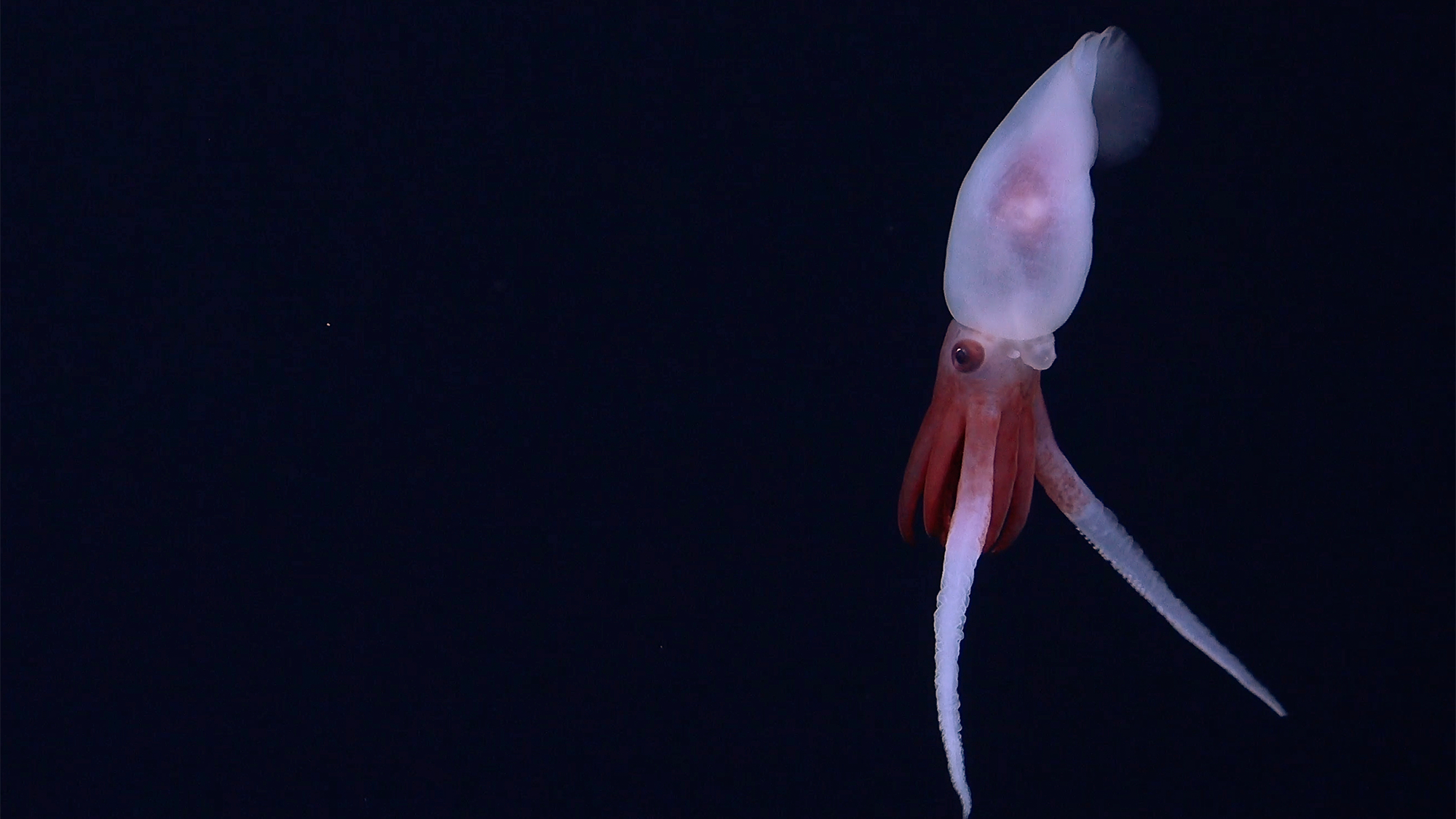Scientists from UiT Arctic University of Norway first discovered the Borealis Mud Volcano in 2023 at a depth of 400m (1,300 feet) and have been using ROV Aurora to collect video and samples of gas and sediment from the craters.
ROV Aurora imagery shows anemones, serpudils (tube-worms), hydroids, nudibranchs and octocorals living on the carbonate crusts around the craters, as well as schools of fish like spotted wolffish, redfish and saithe around the carbonate formations.
Full article at: Mongabay.com Feb 2025




